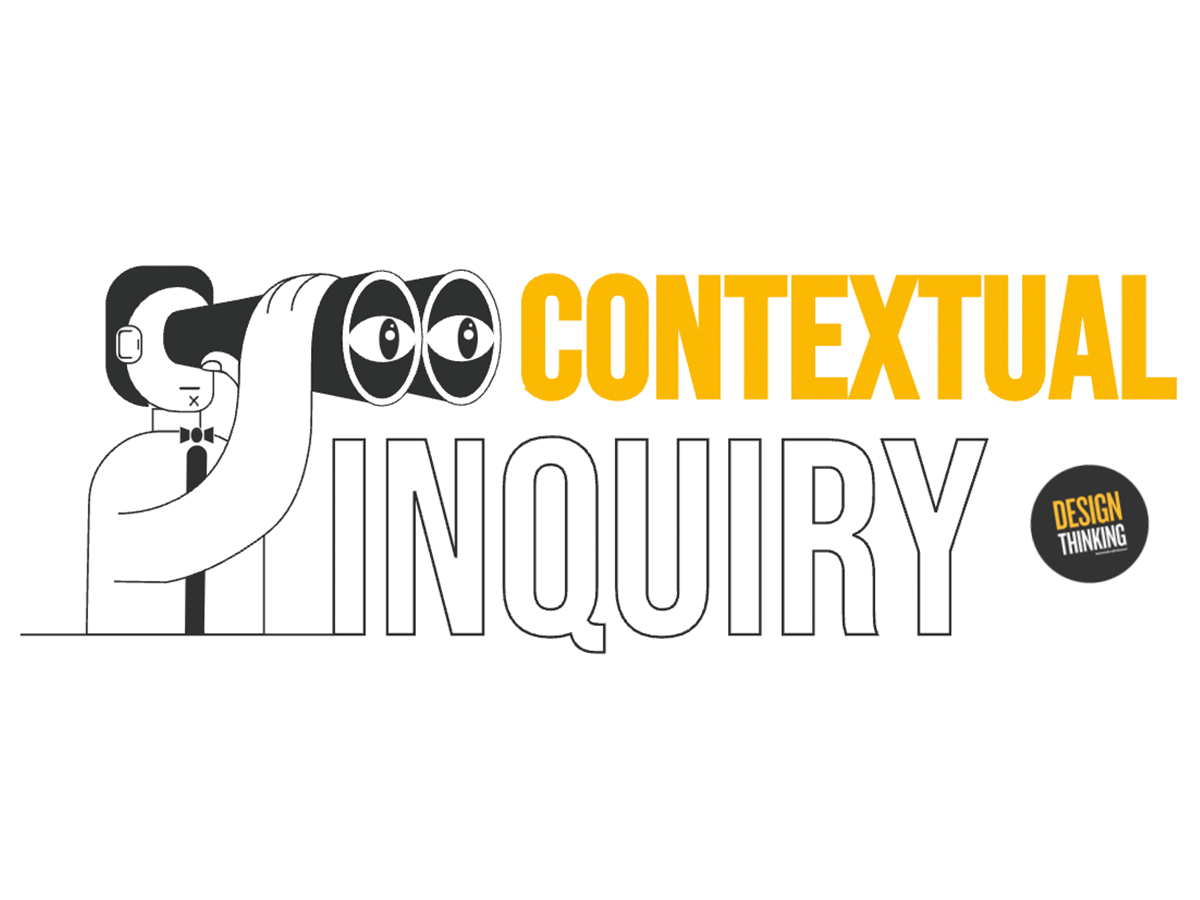Contextual inquiry: gather rich information with the direct observation method
Published on February 14, 2025
Contextual inquiry: gather rich information with the direct observation method


A contextual inquiry consists of analyzing how users interact with their equipment and environment. It aims to watch and query are presentative group of users in order to get a better insight into their practices and behavior. This method is useful as a direct source of valuable information, which can subsequently be used as a guideline when designing a product. As the users go about their tasks, those in charge of the study regularly ask them questions in a bid to identify hitherto undetected attitudes and behaviors and to develop the contextual inquiry.
A contextual inquiry primarily involves direct behavioral observation in the field and targets a group of users, in conjunction with a qualitative interview. Typically, this type of inquiry is conducted in close contact with the users (or subjects), in their familiar environment, and in a normal workplace context. The study aims to gain further knowledge of user practices and behaviors.
With this objective in mind, the contextual inquiry method assumes that useful and reliable information can best be obtained by watching and analyzing people’s behavior, providing the setting is not staged.
Although the results may be somewhat distorted by the Hawthorne effect, predicated on the observation that we behave differently when watched, the contextual inquiry aims to mitigate the bias. The subjects go about their day-to-day tasks, without being asked to do something in particular. The ideal setting for this type of inquiry is an office, at home or any other familiar environment for the subject.
Contextual inquiries were developed by Hugh Beyer and Karen Holtzblatt, and aim to offer a more comprehensive methodology than other qualitative methods, namely the inquiry and the interview. These methods have drawbacks that make access to accurate, transparent and therefore reliable information difficult. They actually require the subject to recall some processes that are not relevant to them at that specific moment in time. As a result, the analytical process relies solely on what the subject says and remembers. Some details are often left out and the investigator may miss out on key information. Also, without actually seeing the tasks, the procedures and other handling processes being performed in the field, it is difficult for researchers to get an in-depth understanding. It may be difficult to draw conclusions and errors may be made. The contextual inquiry therefore seems to be the most suitable solution, as it can provide concrete information in the field, as it happens, through direct observation, without solely relying on what subjects say.


As with any study, a contextual inquiry requires careful preparation. Planning is essential, and the inquiry cannot start until the detailed organization has been finalized. The sample of users has to be carefully selected: it mustn’t be too large so that user behavior can be individually studied in detail. On the other hand, it must be representative enough, so a group of about twenty people is ideal. The inquiry’s setting also has a significant impact on the roll-out. This factor has to be thought out in advance to optimize the inquiry’s reliability.
Ask your team to join the Board during the preparatory stage. The inquiry officers can conduct different inquiries simultaneously by using this unlimited workspace, to save time and centralize the information.
When the inquiry starts, the researcher watches and takes notes. They can interrupt the subject at any time to ask for clarification on the task being performed. This kind of interaction makes it possible to analyze behavior in detail as it is taking place. If you don’t wish to interrupt the subject: for example if they are busy with highly technical tasks, keep the questions for the end of the study. The researcher or someone else may also be tasked with taking photos during the inquiry.
Remember to fill out the details form for each subject and to populate the Board with photos, videos, inquiry reports, etc.
The Board is your playground: you can keep all the inquiry-related information in the same place. Duplicate the template foreach subject to be watched so that all your notes are to hand or create a newBoard for each person. Organize a meeting with your inquiry team to debrief and draw the conclusions together.
Get inspired by other templates from the same categories
Unlock your teamwork potential